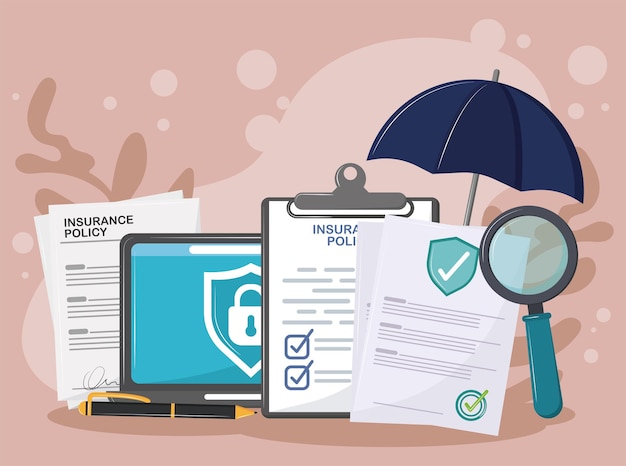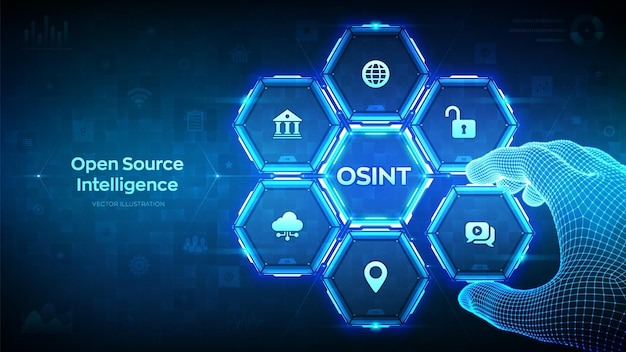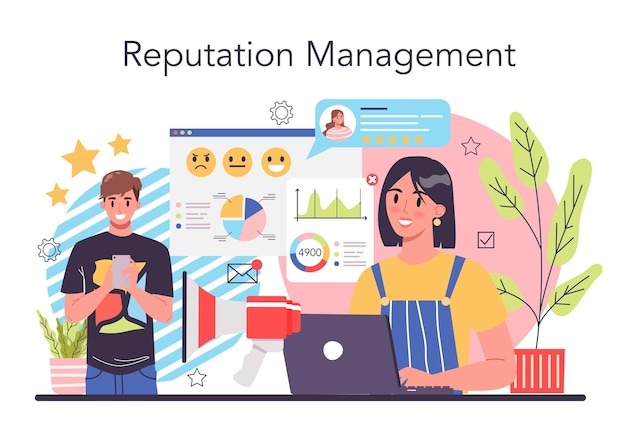What to Eat During a Trip to Germany

Germany, a vibrant tapestry of history, culture, and, most importantly, food, offers a culinary journey that is as diverse as its landscapes. From the bustling streets of Berlin to the picturesque villages of Bavaria, every region boasts its own special dishes and local specialties that beckon to be savored.
Imagine sinking your teeth into a warm pretzel, its golden crust giving way to soft, chewy perfection. Or picture yourself enjoying a rich bowl of sauerkraut paired with succulent sausages under the shade of a traditional beer garden.
Yet, theres more! From the delicate pastries of Munichs bakeries to the hearty stews that warm winter nights, each bite tells a story steeped in tradition. So, as you embark on your adventure through Germany, prepare your palate for a feast that transcends borders and time, where every meal is an invitation to explore the countrys soul through its flavors.
Traditional German Dishes to Try

When you embark on a culinary adventure in Germany, be sure to indulge in traditional dishes that embody the heart and soul of its rich heritage. Begin with the iconic Sauerbraten, a pot roast that’s been marinated in a unique blend of vinegar, spices, and sometimes even a touch of sugar, creating a tantalizing balance of flavors that melt in your mouth.
Don’t overlook the ever-popular Bratwurst, grilled to perfection and served with a dollop of mustard and freshly baked rolls; each bite bursts with a savory richness that’s simply irresistible. Then, there’s the comforting appeal of Spätzle, soft egg noodles that cradle your palate with a delicate texture, often paired with cheese or served alongside hearty meats.
For something sweet, explore the whimsical world of Black Forest Cake, a decadent layering of chocolate sponge, cherries, and whipped cream that is as visually stunning as it is delicious. With each dish telling a story of tradition and craftsmanship, a trip to Germany is incomplete without savoring these tantalizing flavors.
Regional Specialties
Germany boasts an impressive array of regional specialties, each reflecting the unique culture and traditions of its diverse areas. In Bavaria, for instance, indulge in tender pretzels and hearty sausages that pair perfectly with a frothy Weissbier, while the coastal regions of Schleswig-Holstein tempt palates with their fresh herring and rich fish dishes.
Venture to the Black Forest, where you can savor the famous Schwarzwälder Kirschtorte—a decadent chocolate cake layered with cherries and whipped cream, known to delight every sweet tooth. Meanwhile, in the vibrant city of Berlin, don’t miss out on the iconic currywurst, a street food staple drizzled with a tangy curry sauce that encapsulates the city’s urban charm.
Each bite whisks you away on a culinary journey across Germany, urging you to embrace its flavorful mosaic, one region at a time.
Street Food and Casual Eats

When wandering the vibrant streets of Germany, the tantalizing allure of street food is impossible to resist. Picture this: a sizzling bratwurst, perfectly grilled and tucked inside a warm bun, topped with a zesty curry ketchup or spicy mustard—simple, yet utterly satisfying.
Or perhaps you’d fancy a crispy potato pancake, known as Reibekuchen, served with homemade applesauce that dances between sweet and savory. And let’s not forget the irresistible pretzels, the doughy treasures twisted into iconic shapes, often enjoyed with a side of tangy cheese or sweet mustard.
As you stroll through bustling markets or charming town squares, the rich aromas wafting around you invite impromptu snacking, from flaky pastries filled with fresh cheese to hearty meat skewers sizzling on open flames. Each bite is a celebration of local culture and culinary creativity, drawing you deeper into the heart of Germanys vibrant food scene.
Conclusion
In conclusion, a trip to Germany offers a delightful culinary adventure that caters to diverse tastes and preferences. From savoring traditional dishes like schnitzel and sauerkraut to indulging in delectable pastries and regional beers, the countrys rich food culture is sure to leave a lasting impression.
Whether youre enjoying a hearty meal in a bustling beer garden or exploring vibrant street food markets, the flavors of Germany are an essential part of the experience. And for those looking for a unique way to enhance their visit, considering options like a München escort can add an extra touch of excitement to your culinary journey. Embrace the gastronomic wonders of Germany, and let each meal be a memorable part of your exploration.






































